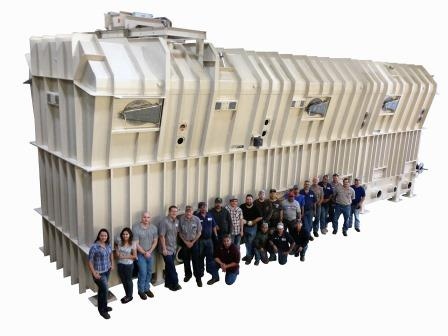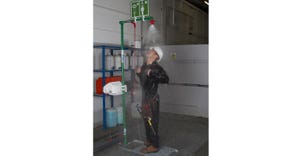Drying System Thermal Efficiency
December 15, 2016

In today’s energy-conscious world, drying operations will certainly be reviewed to determine how thermally-effective they are. One common measure of thermal efficiency is to express the dryer’s energy usage in terms the energy required to evaporate one pound of moisture from the bulk solid material.
In wastewater treatment plant (WWTP) drying systems, it is usual to see this energy usage reported as approximately 1100 to 1200 BTU/lb of water evaporated (at the dryer unit).
However, the dryer unit is receiving energy from other sources, such as a fuel-fired, duct-style indirect gas heater. Indirect gas heaters may have an overall unit thermal efficiency of 80-90%. Additionally, ductwork thermal losses from the gas heater to the dryer need to be considered - requiring the indirect gas heater to consume and deliver extra energy to compensate for these factors. As a result, the overall system energy input may be as high as 1350 to 1500 BTU/lb.
In short, careful examination of system thermal consumption, energy efficiency, heat integration/utilization, etc., is warranted such that a more precise drying system thermal efficiency evaluation may be accomplished.
Schwing Bioset, Somerset, WI 715-247-3433 www.schwingbioset.com
For related articles, news, and equipment reviews, visit our Drying & Thermal Solids Processing Equipment Zone
Click here for a List of Drying & Thermal Solids Processing Equipment Manufacturers
You May Also Like


